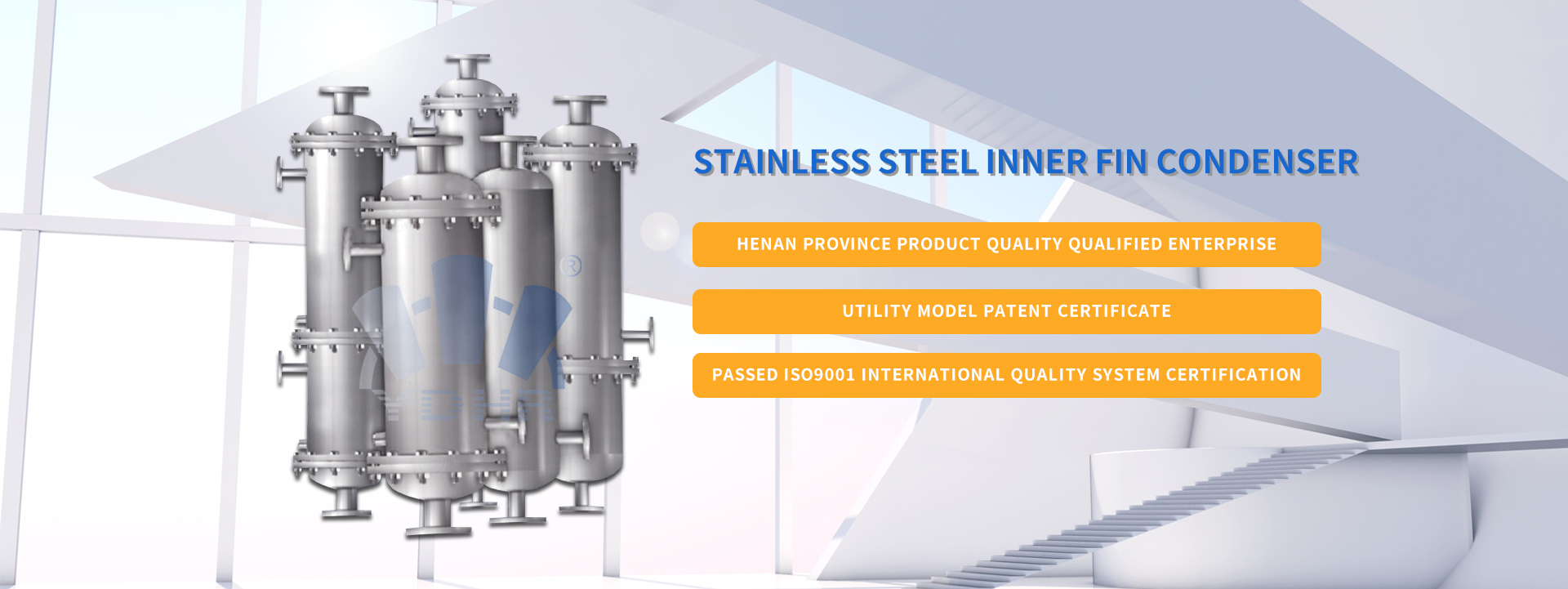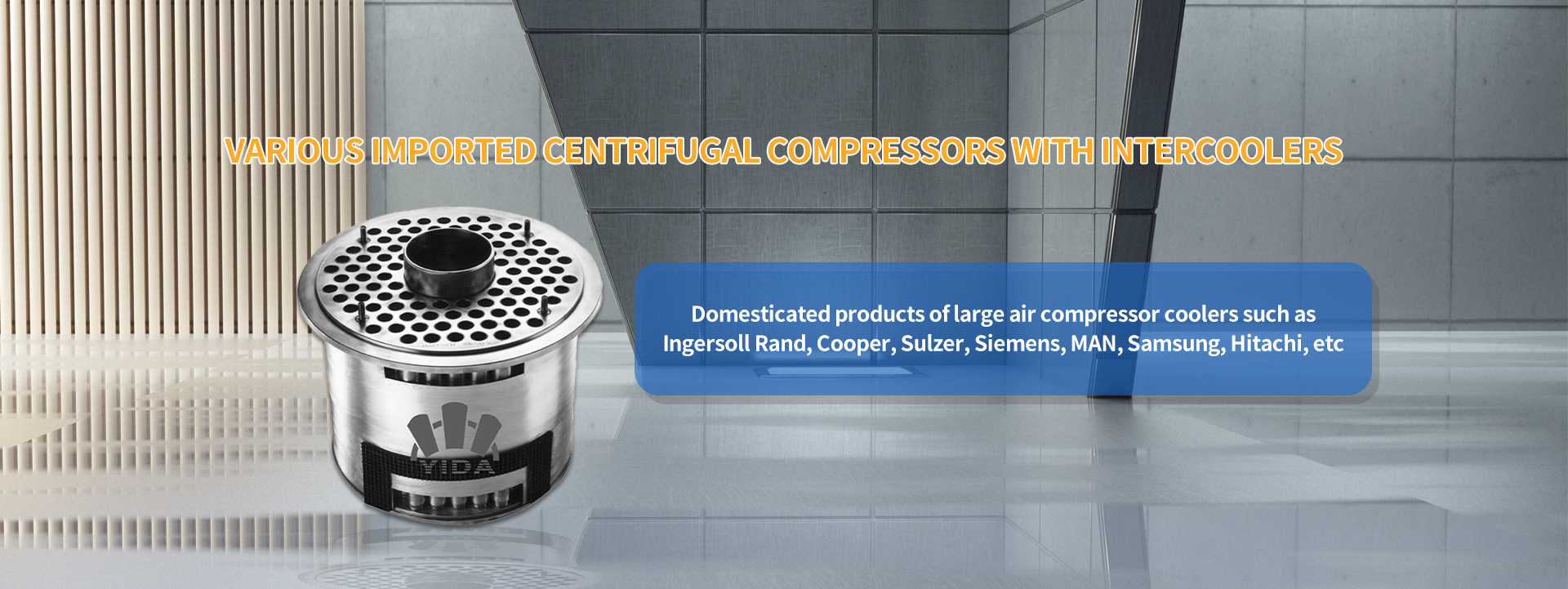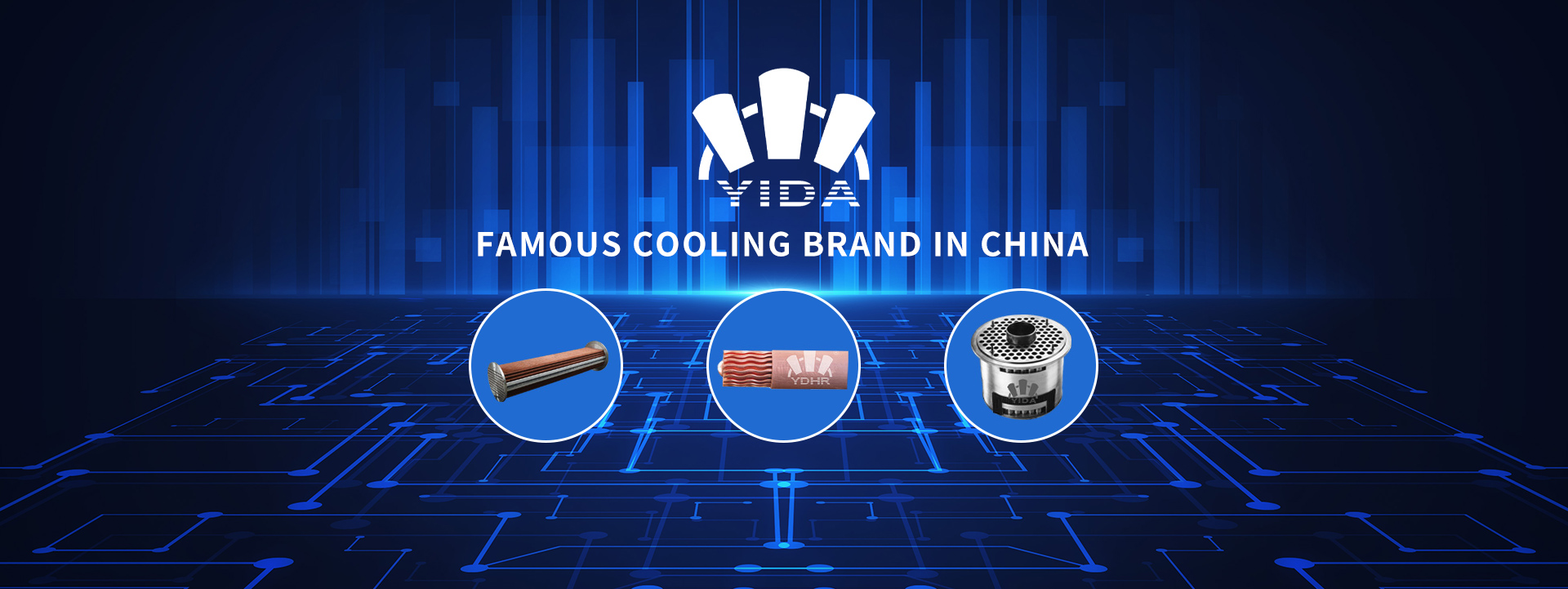-
Cooper cooler, * * present * safe
Cooper coolers typically use water or air as a coolant to remove heat. There are wall mounted coolers, spray coolers, jacket coolers, and serpentine coolers. The Ingersoll Rand cooler water filter is a backwash brush structure, also known as an industrial water filter. It can be divided into two types: manual water filter and electric water filter. It is suitable for water supply pipelines with diameters ranging from DN50-500mm in various professions such as power plants, chemical industry, printing and dyeing, papermaking, etc. It can filter impurities larger than 2mm in water. This water filter has the following advantages:; The Cooper series coolers have small external dimensions, making them easy to arrange and equip on site. The inlet and outlet of the water filter are designed as an upper and lower split type. Not only does it prevent water pressure from directly impacting the filter screen, but excellent coolers are a type of heat exchange equipment. It also changes the situation where debris is kept away from the discharge outlet during radical filter filtration, and several filter chambers need to be cleaned one by one during discharge, which often leads to blockage. The material and structure of the mesh board greatly improve the flow area of the water, effectively reducing the water resistance of the filter screen, ensuring reliable operation without jamming, blocking, or blockage, and greatly extending the filter screen. The filter screen is made of 2-8mm stainless steel plate and stamped as a whole. The mesh core can withstand a differential pressure of 150kPa. It is used for petrochemical oil coolers Without deformation or damage. It has the characteristics of long working life, corrosion resistance, no rust, smooth appearance, and no scaling. Electric equipment has a slow speed, stable operation, and can perform forward and reverse flushing. It has a strong cleaning effect and consumes less water for discharge.
06-30
2020
-
Plate heat exchangers, technological achievements for you and me
Plate heat exchanger is a type of heat exchanger composed of a series of metal sheets with a certain corrugated shape stacked together. A thin rectangular channel is formed between various plates of the Cooper cooler, through which heat exchange occurs. Plate heat exchanger is an ideal equipment for heat exchange between liquid-liquid and liquid vapor systems. It has the characteristics of high heat transfer efficiency, small heat loss, compact and lightweight structure, small footprint, wide use, and long service life. Under the same pressure loss, its heat transfer coefficient is 3-5 times higher than that of a tube heat exchanger, occupying one-third of the area of a tube heat exchanger, and its heat recovery rate can reach over 90%. The types of plate heat exchangers mainly include structural (detachable) and brazed types. The plate heat exchanger plate methods mainly include herringbone corrugated plates, horizontal flat corrugated plates of plate coolers, and nodular plates. A detachable plate heat exchanger is composed of many stamped corrugated thin plates at a certain distance, sealed by gaskets around them, and stacked and compressed by a structure and a compression screw. The four corner holes of the plates and gaskets form the distribution and collection pipes for the fluid, which reasonably separate the hot and cold fluids and allow them to move in the flow channels on both sides of each plate. Through the plates, heat exchange occurs in the shell and tube heat exchanger, and the two fluids move in the tube side and shell side respectively. Overall, it is a cross flow activity with a small logarithmic uniform temperature difference correction coefficient. Plate heat exchangers are mostly operated in parallel or reverse flow, and their correction coefficients are usually around 0.95. In addition, the activities of cold and hot fluids in plate heat exchangers are parallel to each other. The heat exchange surface and no bypass flow result in a small temperature difference at the end of the plate heat exchanger, which can reduce water heat transfer to below 1 ℃, And shell and tube heat exchangers are generally 5 ℃
06-30
2020
-
Ingersoll Rand cooler, experiencing unique beauty
Ingersoll Rand cooler production equipment is advanced, using computer control and scheduling for production. Each set of radiators produced undergoes strict testing, and Cooper coolers ensure the quality of each set of radiators. The product performance has advanced domestic level, and the product quality ranks among the same in China. The products and comprehensive after-sales service of Ingersoll Rand heat exchangers have established an outstanding corporate image for our company and earned high praise and trust from a wide range of users. The cooler is only suitable for fresh water, and its water quality should meet the requirements. When using river water, a water filter should be installed at the inlet. When using Ingersoll Rand series chillers, the cooling water needs to be drained to achieve a high rate and reduce corrosion. Participate in the cold medium first, then in the hot medium, otherwise thermal stress will occur. When using pressure, water should not exceed 0.5MPa and oil should not exceed 1.5MPa. The operating medium should have a permissible temperature of 120 degrees Celsius. When in icy weather or when not in use for a long time, please drain the accumulated water in the cooler. Regularly exhaust and clean the heat transfer tubes (water) every six months to maintain excellent heat transfer performance.
06-30
2020
Welcome to the official website of Henan Yida Heat Exchange Equipment Co., Ltd!








